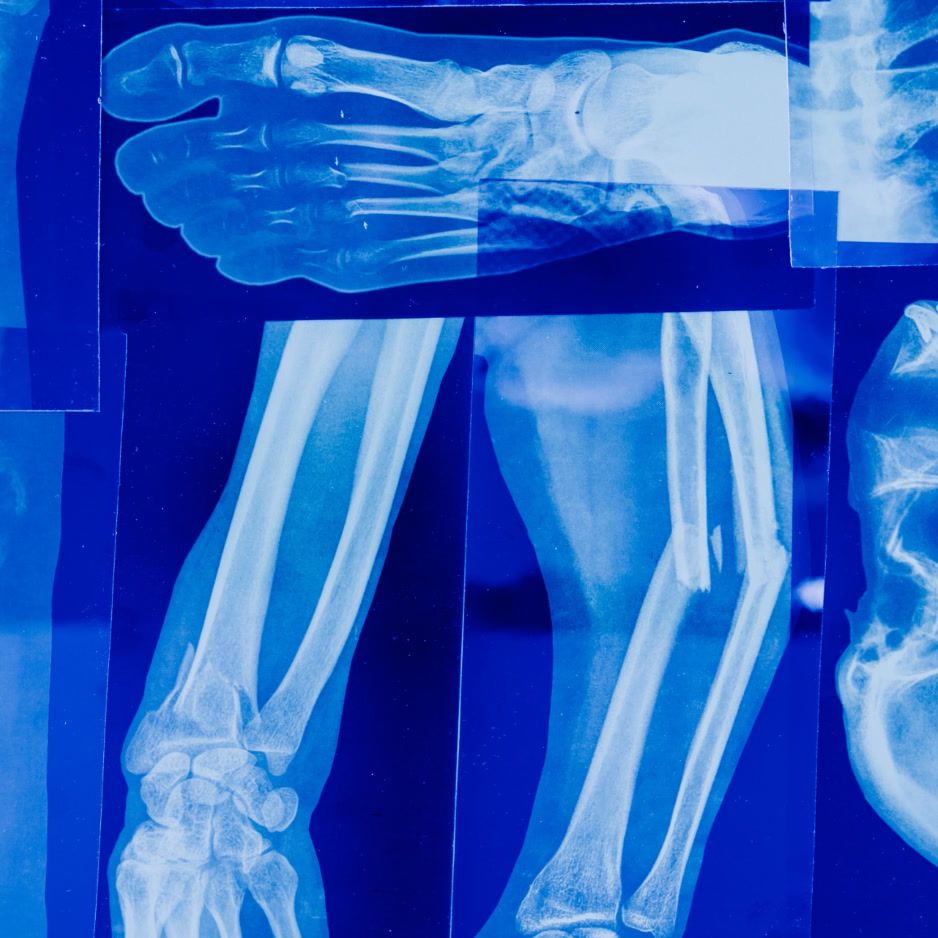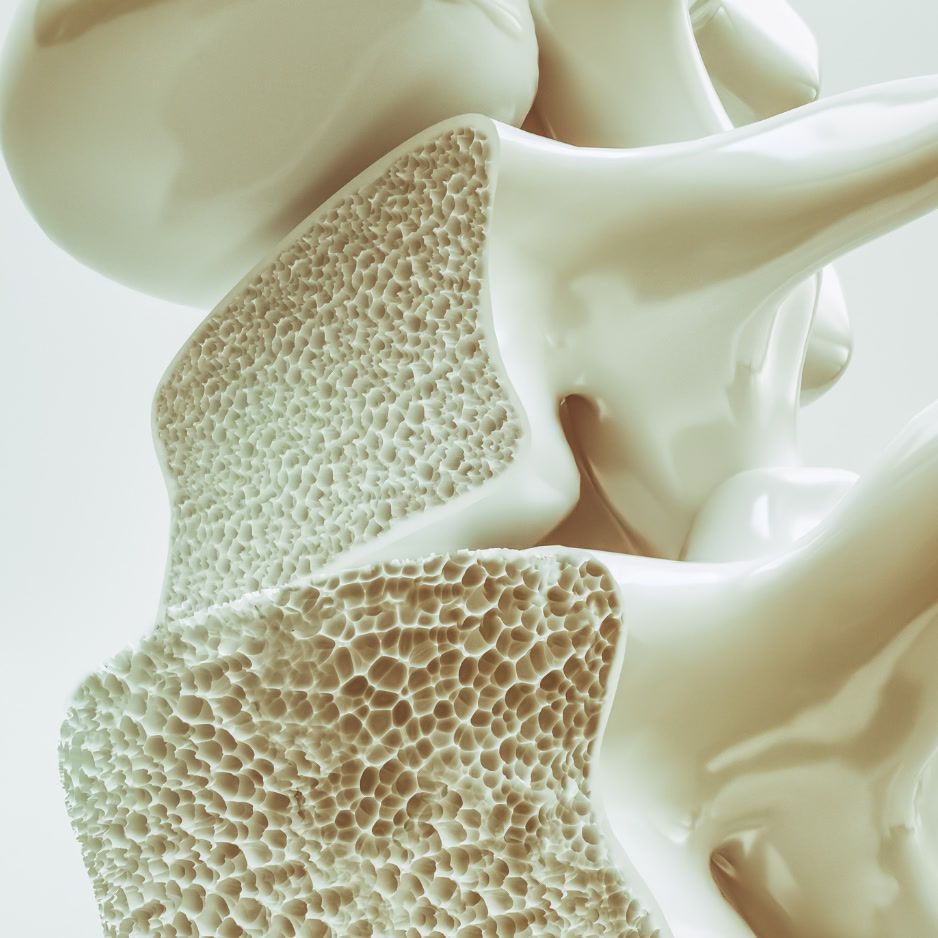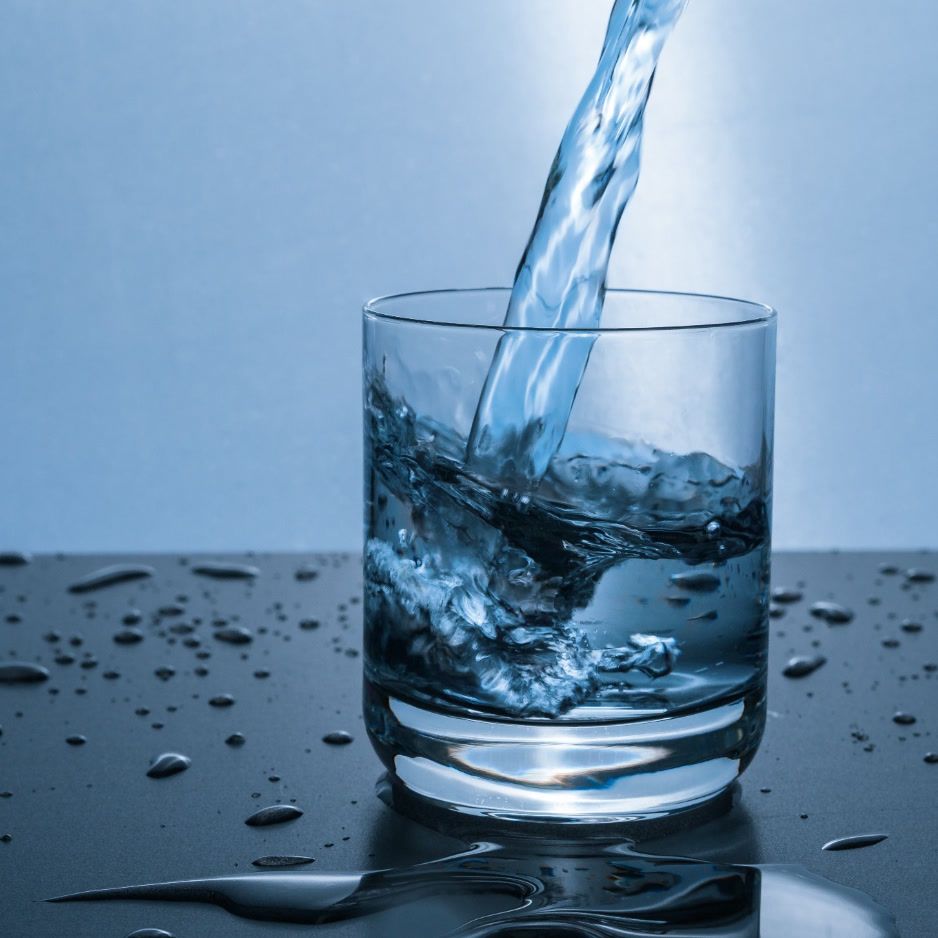15% Body Fat Women: Looks, Health & How to Get There
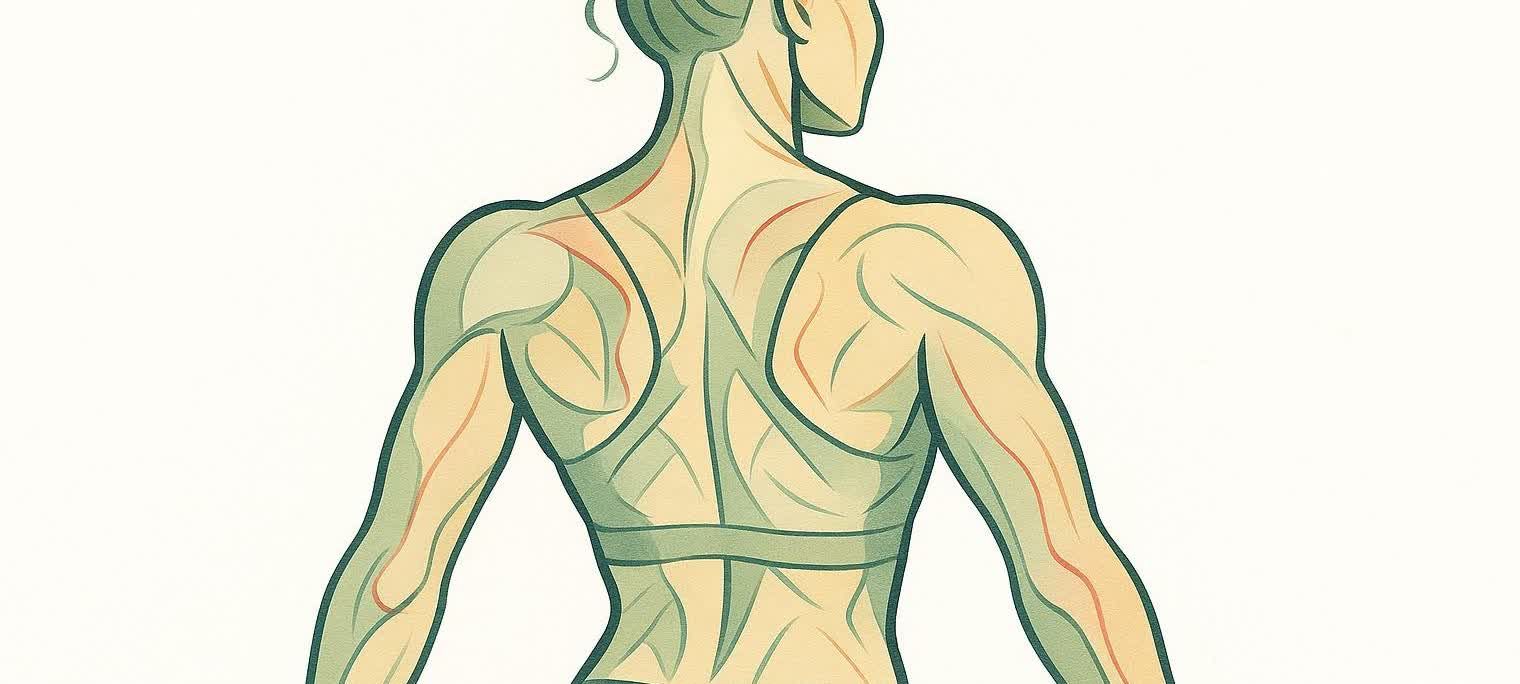
15% Body Fat Women: Looks, Health & How to Get There
Curious what 15% body fat looks like on women—and whether it’s healthy or doable? This clear, no‑nonsense guide gives you straight answers, DEXA‑backed measurement tips, and a practical plan you can follow.
Note: This article is for wellness education only and isn’t medical advice.
Quick answer: Is 15% body fat healthy for women?
- 15% sits at the low end of the athlete range for women (commonly cited as ~14–20%). Many women feel and perform well here when fueling and recovering properly, as summarized in this overview of ranges and methods (Verywell Health).
- It’s individual. Some women thrive at 15%; others feel better a bit higher. What matters most is adequate energy availability (eating enough for your training) and smart recovery. Chronically under‑fueling can disrupt menstrual function and bone health—often discussed as the Female Athlete Triad/Relative Energy Deficiency in Sport (RED‑S) (Female Athlete Triad review).
- Bottom line: 15% can be appropriate for some athletes with careful nutrition, training, and monitoring. Prioritize fueling and track trends with a reliable method like DEXA.
What 15% body fat typically looks like on women
Everyone stores fat differently, but 15% generally looks lean and athletic—think: visible shoulder and arm definition, clear lines through the midsection, and strong lower‑body shape. For photo comparisons at different levels, see this visual guide (Ultimate Performance). Use visuals as orientation, not a diagnosis.
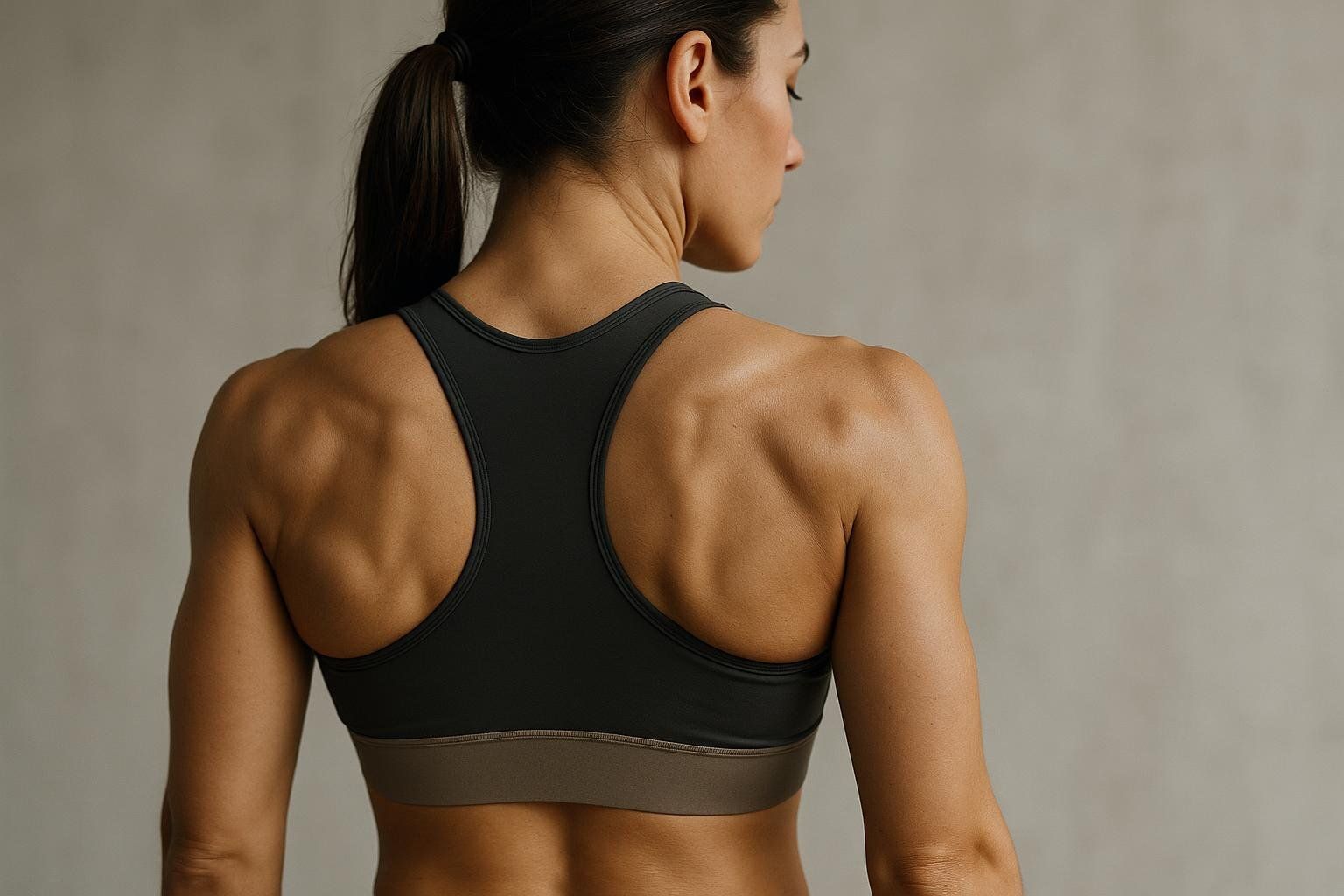
For broader healthy ranges by age and activity, check BodySpec’s chart and measurement guide (BodySpec's women's body fat chart).
Measuring 15% accurately: Why DEXA beats rough estimates
If you’re aiming for 15%, you’ll want measurements you can trust.
- DEXA measures fat mass, lean mass, bone density—and even visceral fat. And because BodySpec layers rigorous quality controls on top of this technology, you get numbers you can act on: about ±0.5 percentage point repeatability from scan to scan with consistent prep (BodySpec DEXA Accuracy Guide).
- Field methods can drift. In elite soccer players, single‑frequency BIA and skinfolds significantly underestimated body fat versus DEXA (DEXA vs. BIA study). DEXA is more objective for setting and verifying targets.
- Between scans: Quick at‑home estimates are fine for trends. Try our free tool that uses the U.S. Navy method—then confirm milestones with DEXA (Body Fat Percentage Calculator).
Pro tip: Prep the same way before each scan (hydration, meal timing, training) to tighten precision. Here’s a simple checklist (Prepare for Your BodySpec Scan).
A safe, science‑backed blueprint to reach 15%
1. Fuel to preserve muscle and hormones
- Protein: Aim for about 1.4–2.0 g/kg/day to support muscle and recovery during fat loss (ISSN position stand).
- To illustrate protein’s strong effect on body composition in trained lifters, one controlled trial used an extremely high intake (~3.4 g/kg/day) alongside heavy lifting and saw greater fat loss over 8 weeks without reported adverse effects in that period (high‑protein diet study). This is an outlier protocol, not a general recommendation.
- Calories: Create a modest 10–20% deficit so you lose fat while keeping energy up for training and life.
- Spread it out: Eat protein every 3–4 hours, build meals around whole foods, and skip crash diets.
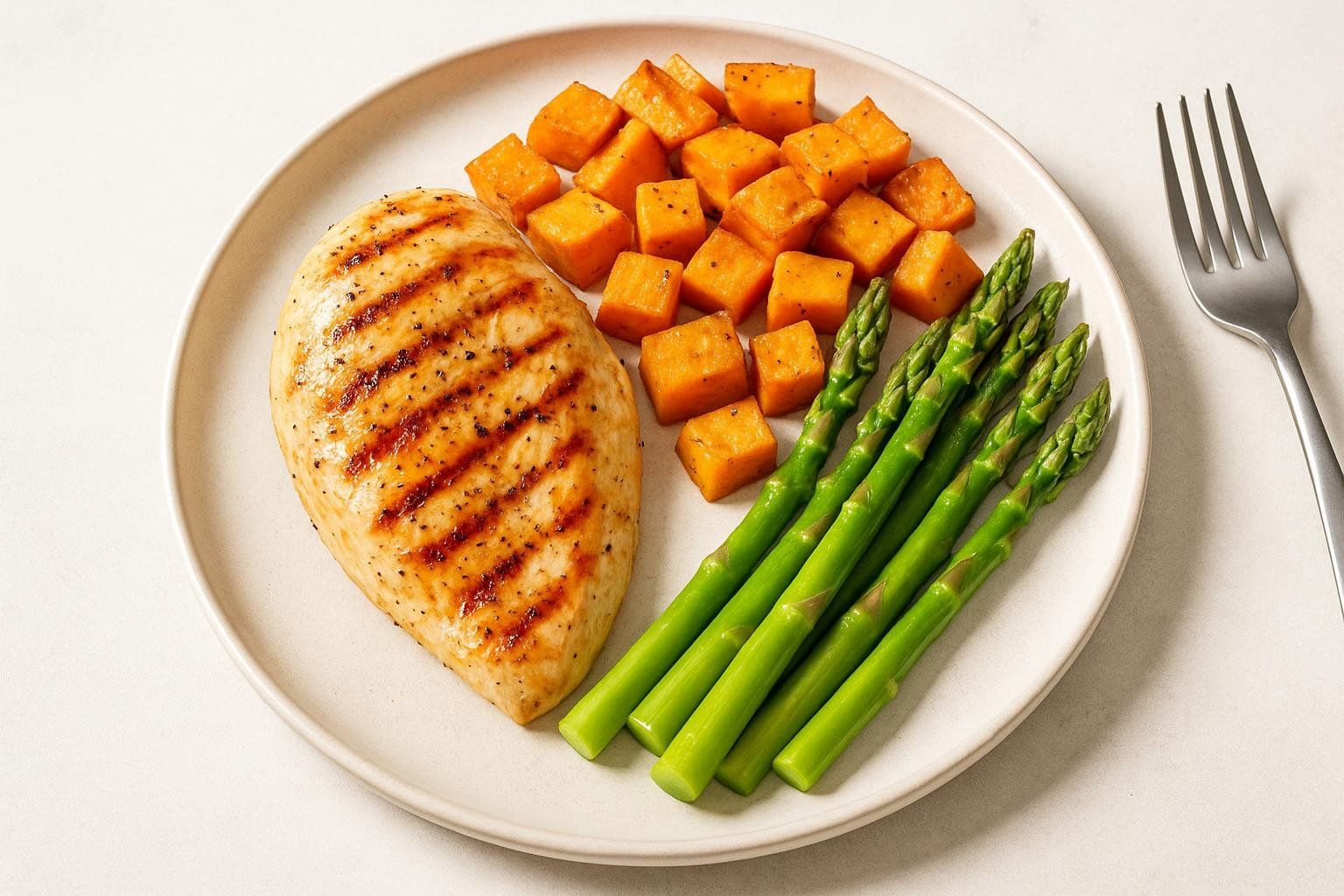
2. Train for recomposition
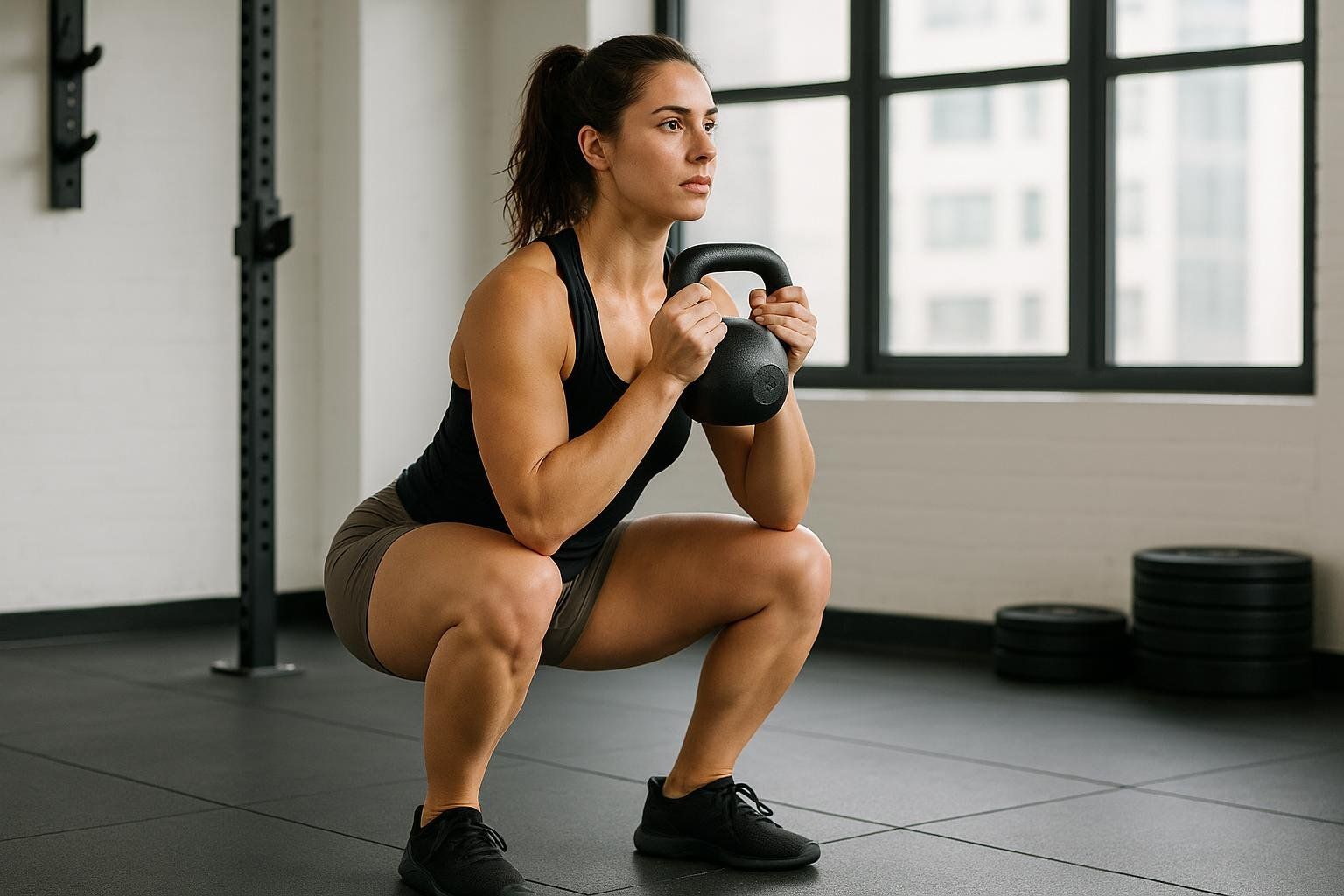
- Strength (3–4x/week): Focus on compound lifts and steady progressive overload to maintain/build lean mass.
- Cardio (150–300 min/week): Mix steady efforts and intervals to boost energy expenditure and cardiovascular fitness.
- NEAT: Daily steps and easy recovery walks increase total daily energy expenditure (TDEE) without adding training fatigue, a key factor in any successful fat‑loss plan. Learn how to estimate your TDEE with our guide and calculator (Resting Calorie Burn & Daily Energy Calculator).
3. Protect recovery—and your cycle

- Sleep 7–9 hours and manage stress (breathwork, walks, journaling).
- Watch for low energy availability: red flags include fatigue, irritability, performance dips, and cycle changes. The risk comes more from under‑fueling than from a single body‑fat number (Female Athlete Triad review). If symptoms show up, eat more, dial back stress, and consider speaking with a qualified clinician.
4. Track with objective data
- DEXA cadence: Re‑scan every 8–12 weeks during a cut to confirm you’re losing fat while preserving lean mass (BodySpec DEXA Accuracy Guide).
- Waist checks: Pair DEXA with a tape measure to track central fat with a consistent waist measurement method.
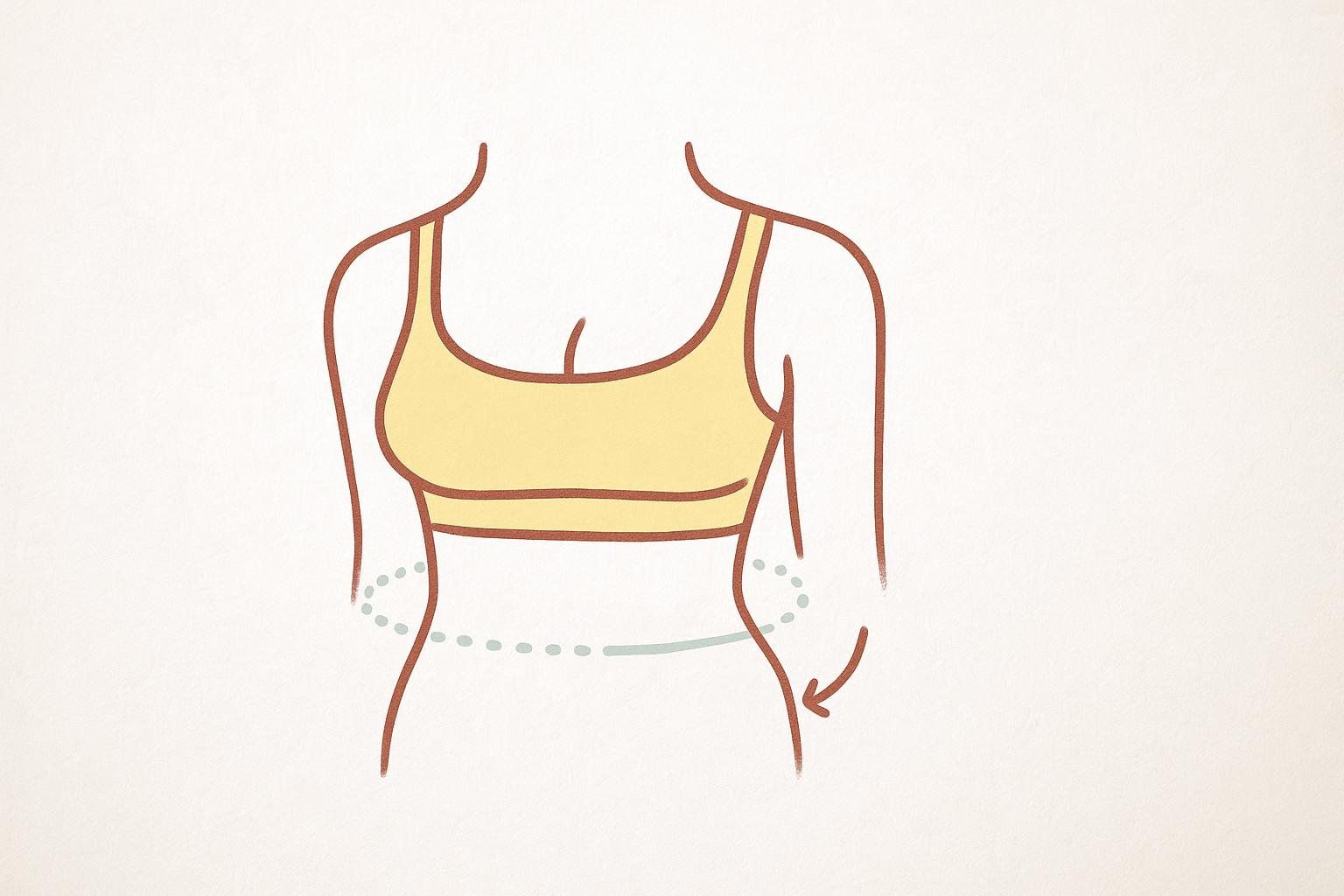
Health context: Visceral fat matters as much as the percentage
A low overall body‑fat number doesn’t guarantee low visceral fat. Visceral fat sits deep around your organs and is closely linked to cardiometabolic risk, which is why BodySpec reports it separately.
- Many guidelines flag a women’s waist circumference > 35 inches (88 cm) as higher risk for metabolic syndrome, alongside other markers (AHA/NHLBI statement).
- Some research argues for tighter cutoffs depending on the population (review on WC and diabetes risk).
The upside: The same habits that reduce overall body fat—like strength training, protein‑forward meals, and a modest calorie deficit—also help lower visceral fat over time.
Frequently asked questions
- Is 15% necessary for health? No. Healthy ranges are broad and shift with age and activity. Many women feel and perform great above 15%. See BodySpec's women's body fat chart and a general overview here (Verywell Health).
- Will I lose my period at 15%? Not necessarily. Cycle disruption is more closely linked to low energy availability and high training stress than one specific number—though very low levels raise risk. If your cycle changes, increase fueling/recovery and talk with a qualified clinician (Female Athlete Triad review).
- How fast can I reach 15%? It depends on your start point, training, nutrition, and recovery. A modest deficit + lifting + adequate protein is the reliable route. Expect months, not weeks for changes that stick (protein guidance: ISSN position stand).
- Do smart scales or calipers work? They’re okay for trends but can misestimate in individuals, especially women. DEXA is more objective and adds visceral fat and regional detail (DEXA vs. BIA study and our BodySpec precision guide).
- I’m postpartum or perimenopausal—should I target 15%? It may not be ideal right now. Hormonal transitions change recovery and fat distribution. Start with sustainable ranges for your age/activity, rebuild strength, and reassess with DEXA (BodySpec's women's body fat chart).
Your next steps
- Get your baseline: Book a DEXA scan and take a consistent waist measurement.
- Build your plan: Set a realistic timeline, dial in protein, and schedule 3–4 strength training sessions plus 150–300 minutes of weekly cardio.
- Track and tweak: Re‑scan every 8–12 weeks and adjust calories based on DEXA‑tracked fat and lean‑mass changes.
- Listen to your body: If fatigue lingers, recovery stalls, or your cycle changes, increase energy availability and consult an experienced clinician or sports dietitian.
When you’re ready:
